Dog Separation Anxiety Solutions: Helping Your Pup Feel Secure
Dog separation anxiety happens when a dog feels overly stressed when left alone. It can lead to behaviors like shaking, drooling, barking too much, licking themselves a lot, forgetting their potty training, or even damaging your home. While some suggest using a crate, there are many other ways to help your dog feel safe and calm.
Understanding Dog Separation Anxiety

Separation anxiety in dogs is when your furry friend gets super stressed when left alone. They might act like they’re terrified to be by themselves. This can happen to both puppies and adult dogs. It’s like a panic attack for them.
Common Symptoms to Watch For
When dogs have separation anxiety, they show it in different ways. Some might start trembling or salivating a lot. Others could bark or whine excessively. You might even find that your dog has accidents in the house, even if they’re potty trained. Some dogs might chew up furniture or scratch doors. It’s their way of saying they’re scared.
Why Some Dogs Develop Anxiety
There are many reasons why a dog might develop separation anxiety. Some dogs are just naturally more anxious. Others might have had a bad experience when they were alone. Dogs that are very attached to their owners are more likely to get anxious when left alone. Puppies that haven’t been trained to be alone can also develop this problem. Even some breeds, like those that barely shed or small dogs that don’t shed, can be more prone to anxiety.
If your dog starts showing signs of anxiety as soon as you prepare to leave, it’s a clear sign they might have separation anxiety.
Understanding why your dog is anxious is the first step in finding the right dog separation anxiety solutions. Whether it’s through training, creating a safe space, or using calming aids, there are many ways to help your dog feel more secure.
Creating a Safe Space for Your Dog
Creating a safe space for your dog is super important to help them feel secure when you’re not around. Best family protection dogs also need a cozy spot to relax and feel safe.
Choosing the Right Crate
Picking the right crate is key. It should be big enough for your dog to stand, turn around, and lie down comfortably. Make sure it’s a place where your dog feels comfortable while you’re home. This way, they associate it with good vibes and not just being alone.
Making the Crate Comfortable
Your dog’s crate should be their favorite spot. Add a comfy pad, some blankets, or even a piece of your clothing that smells like you. This can help them feel more secure. You can also toss in some of their favorite toys to keep them entertained.
Alternatives to Crating
If your dog doesn’t like crates, don’t worry! You can create a safe room with windows, toys, and objects with your scent on them, like dirty laundry. This can be a great alternative to crating and can help reduce their anxiety responses.
Training Techniques to Ease Anxiety
Gradual Desensitization
Gradual desensitization is a great way to ease your pet’s stress. Start by leaving your dog alone for short periods and slowly increase the time. This helps your dog get used to being alone without feeling overwhelmed.
Positive Reinforcement
Positive reinforcement can work wonders. Reward your dog with treats or praise when they stay calm while you’re away. This builds a positive association with your absence.
Interactive Toys and Puzzles
Interactive toys and puzzles can keep your dog busy and distracted. These toys challenge your dog’s mind and can make the time you are away more enjoyable for them.
Training your dog to handle separation anxiety takes time and patience, but the results are worth it.
Using Calming Aids and Products
Natural Remedies
When it comes to calming a hyper dog, natural remedies can be a great first step. You might want to try supplements that include ingredients like melatonin, chamomile, or L-Theanine. These can help ease your dog’s anxiety without the need for prescription meds. Another option is calming coats or t-shirts, which apply gentle pressure to your dog’s body, much like a comforting hug.
Anti-Anxiety Medications
If natural remedies aren’t enough, it might be time to talk to your vet about anti-anxiety medications. These can be especially helpful for dogs with severe anxiety. Your vet will consider your dog’s age, health, and the severity of their symptoms before recommending a specific medication.
Comforting Scents and Sounds
Sometimes, the right environment can make all the difference. Consider using a diffuser with calming scents like lavender or chamomile. You can also try playing soft, soothing music or white noise to help your dog feel more at ease when you’re not around.
Creating a calm environment can significantly reduce your dog’s anxiety levels. It’s all about finding what works best for your furry friend.
When to Seek Professional Help
Consulting a Veterinarian
If your dog’s signs are severe or you are worried they might hurt themselves trying to escape, see your veterinarian right away. Some medical issues come with symptoms that can be easily confused with signs of separation anxiety in dogs, so it is best to get your veterinarian involved early to make sure you are treating the right thing.
Working with a Dog Behaviorist
And, as always, talk to your veterinarian for additional guidance about how to treat your dog’s separation anxiety. Whether you’re dealing with a temporary bump in the road or severe behavioral issues, they can help you develop a plan, or even recommend a veterinary behavior specialist or certified animal trainer who can address your dog’s specific needs. With our Lifetime protection
Support Groups and Resources
Book a package with our consultants! And whether you’re a family living with a pet who can’t be comfortable at home alone (yet!), or a professional helping families navigate this challenge, if you’d like even more tips when it comes to working with a pet with separation-related challenges, I’ve got you covered! Get 5 Tips for Working with Separation Anxiety Dogs here.
Maintaining a Routine

Consistent Schedule
Dogs thrive on predictability. Establishing a predictable routine helps your dog feel secure. Try to leave and come home at the same time every day. This way, your dog will learn that you always come back. Keep your departures and arrivals as calm as possible to avoid making your dog anxious.
Exercise and Playtime
Regular exercise is key to keeping your dog calm. A tired dog is a happy dog! Make sure to include daily walks, play sessions, and some fun activities. This not only helps with anxiety but also keeps your dog healthy.
Mental Stimulation
Mental stimulation is just as important as physical exercise. Use interactive toys and puzzles to keep your dog’s mind busy. This can help reduce anxiety and prevent boredom. Rotate the toys to keep things interesting for your pup.
Remember, a well-exercised and mentally stimulated dog is less likely to feel anxious when you’re not around.
Building Your Dog’s Confidence
Building your dog’s confidence is key to helping them feel secure and happy. Here are some tips to get you started.
Socialization Tips
Socializing a puppy is crucial. Introduce your dog to different environments, people, and other animals. This helps them become well-rounded and less fearful. Enroll your dog in a sport like agility or herding. These activities channel their natural instincts and boost confidence.
Confidence-Boosting Activities
Try activities that challenge your dog mentally and physically. Interactive toys and puzzles are great for this. You can also teach new tricks or commands using positive reinforcement dog training. Remember, slow but steady wins the race.
Avoiding Triggers
Identify and avoid situations that cause anxiety. If your dog is scared of loud noises, create a quiet space for them. Consistency is key, so stick to a routine. A predictable daily schedule can make a big difference in how secure your dog feels.
Building confidence takes time and patience. Celebrate small victories and keep moving forward.
Key Takeaways
- Understanding dog separation anxiety is key to helping your pet feel better.
- Creating a safe and comfy space can make a big difference.
- Training with patience and rewards can ease anxiety.
- Using calming aids and products can provide extra support.
- Professional help is sometimes needed for severe cases.
Conclusion
Helping your dog with separation anxiety isn’t a one-size-fits-all solution. It’s about finding what works best for your furry friend. From crate training to seeking advice from your vet, there are many ways to make your pup feel more secure. Remember, patience and consistency are key. With time and effort, you can help your dog feel more comfortable when you’re not around. So, take it step by step, and soon enough, your pup will be much happier and more relaxed.
Frequently Asked Questions
What is dog separation anxiety?
Dog separation anxiety happens when a dog gets very stressed when they’re away from their favorite person or animal. This can cause behaviors like shaking, drooling, barking a lot, overgrooming, or even having accidents indoors.
How can I tell if my dog has separation anxiety?
If your dog whines, paces, or digs the whole time you’re gone, even if they have toys to play with, they might have separation anxiety. Other signs include destroying things around the house or trying to escape.
What can I do to help my dog feel less anxious when I’m not home?
You can help your dog feel better by creating a safe space for them, using calming products, and trying training techniques like gradual desensitization and positive reinforcement. Keeping a consistent routine also helps.
Are there any products that can help calm my dog?
Yes, there are many products that can help, like natural remedies, anti-anxiety medications, and items that produce comforting scents and sounds. Talk to your vet to find out what’s best for your dog.
When should I talk to a professional about my dog’s anxiety?
If you’ve tried different methods and your dog is still very anxious, it’s a good idea to talk to your vet or a dog behaviorist. They can offer more specialized advice and treatment options.
Can exercise help reduce my dog’s separation anxiety?
Yes, regular exercise and playtime can help reduce anxiety in dogs. It helps them burn off energy and can make them feel more relaxed when you’re not around.

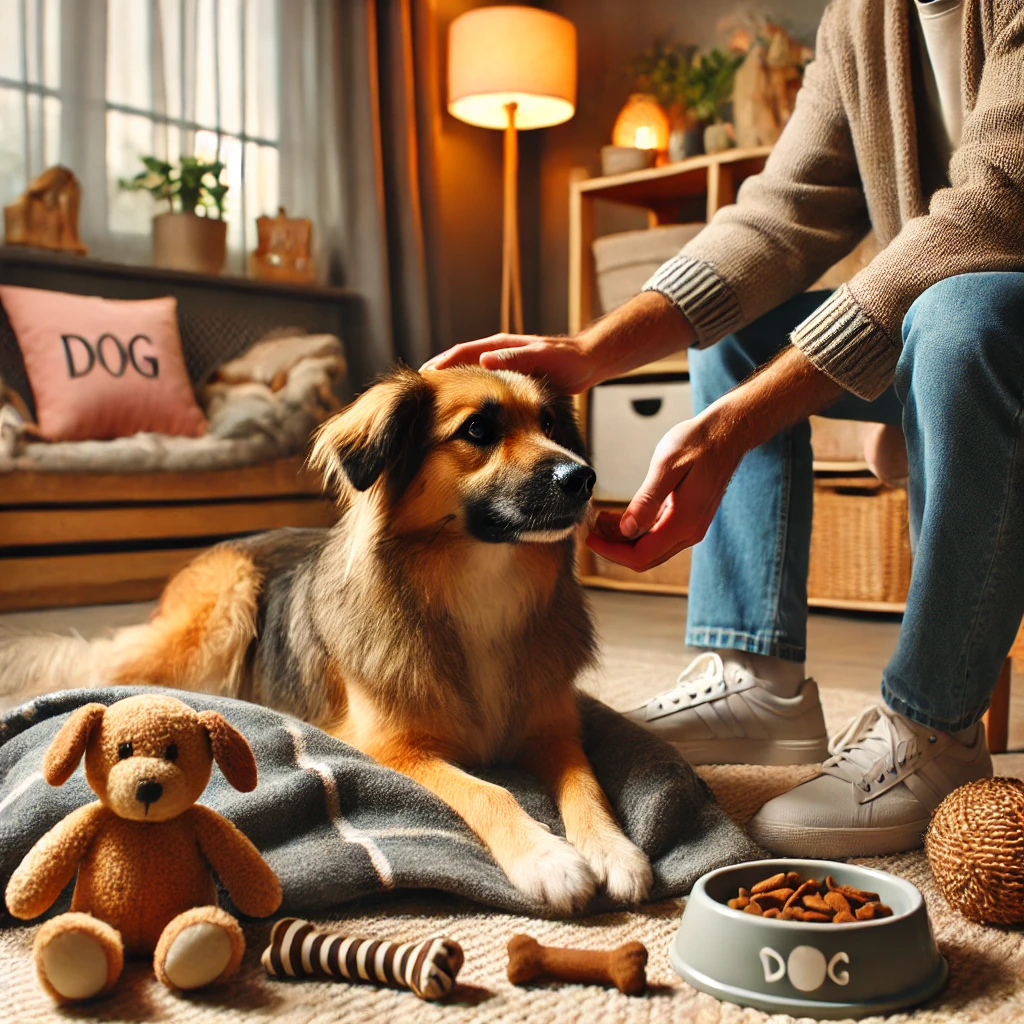
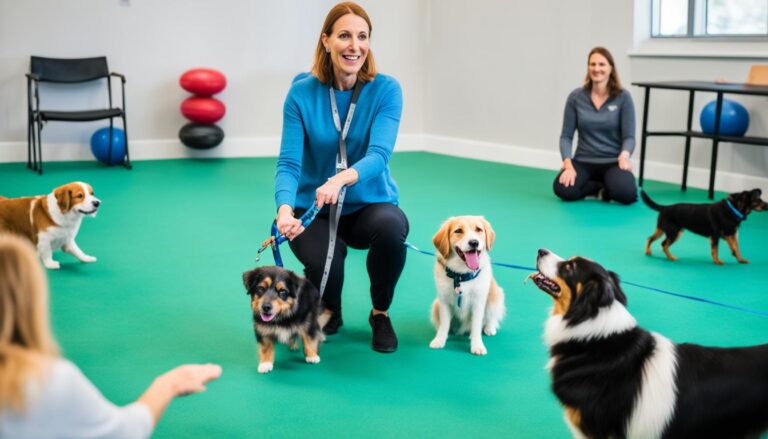
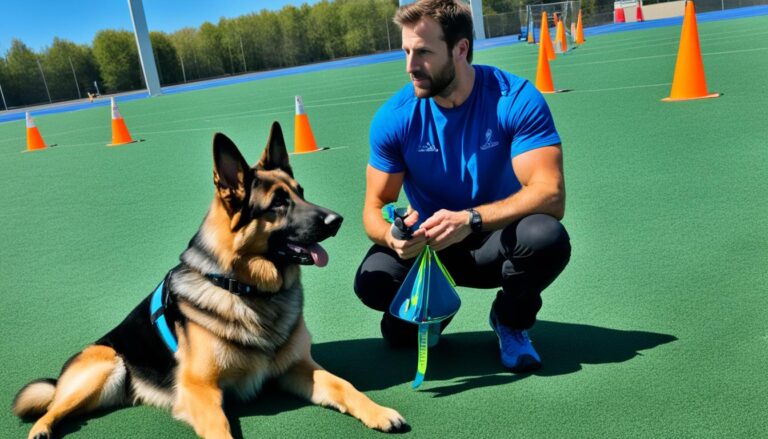
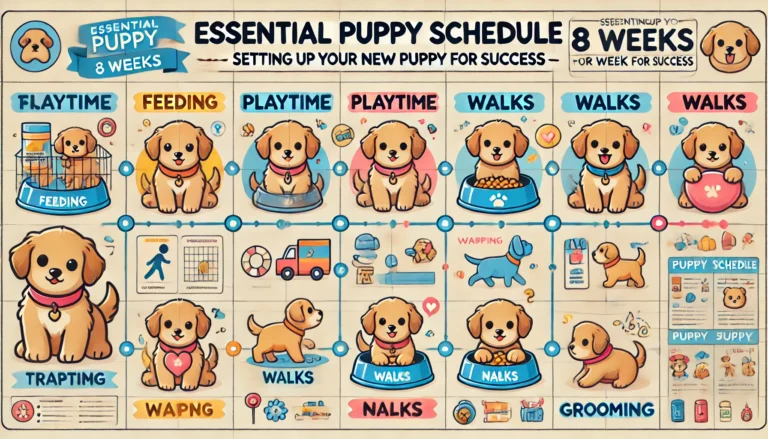
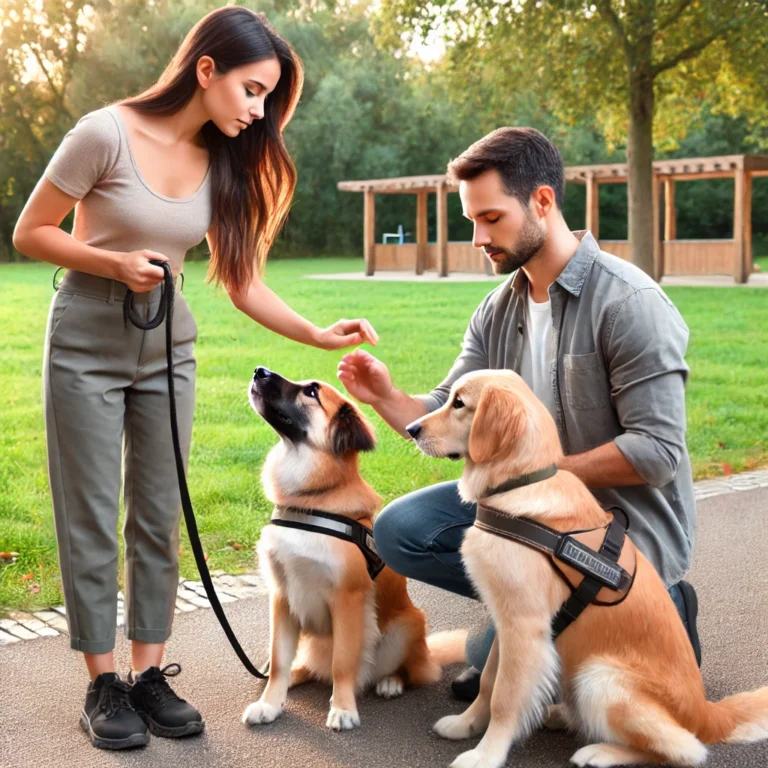

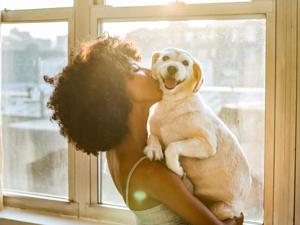
One Comment